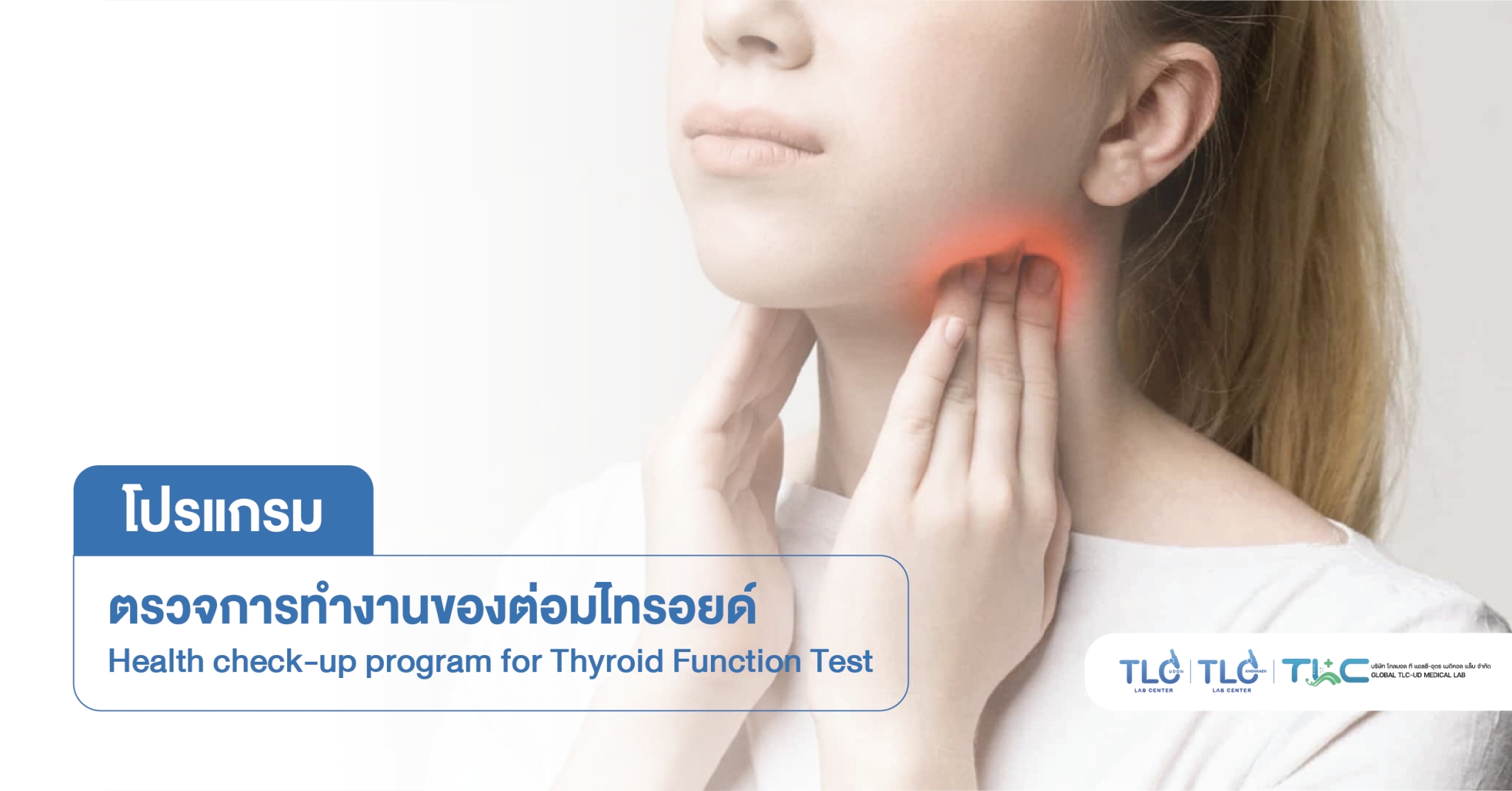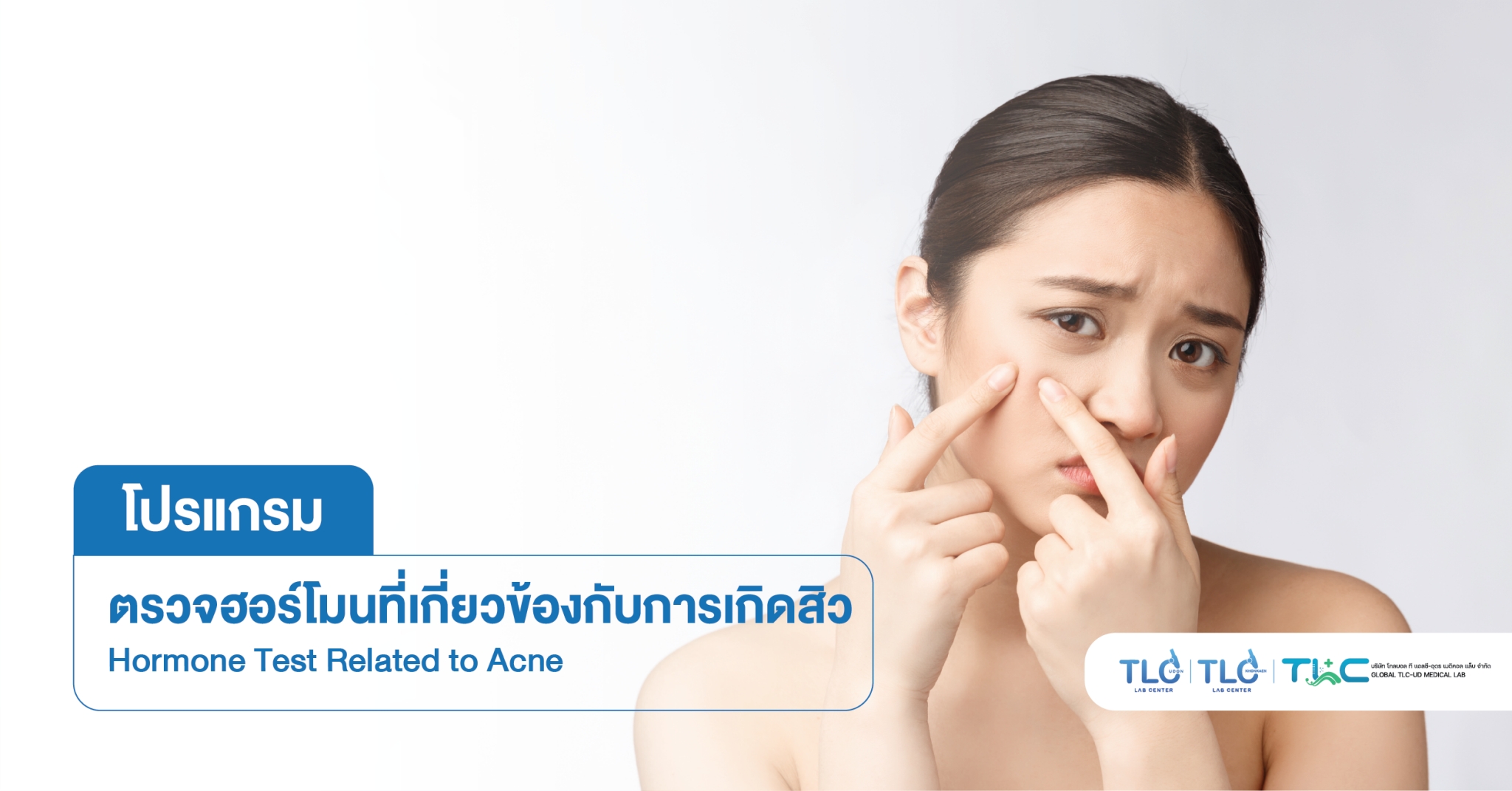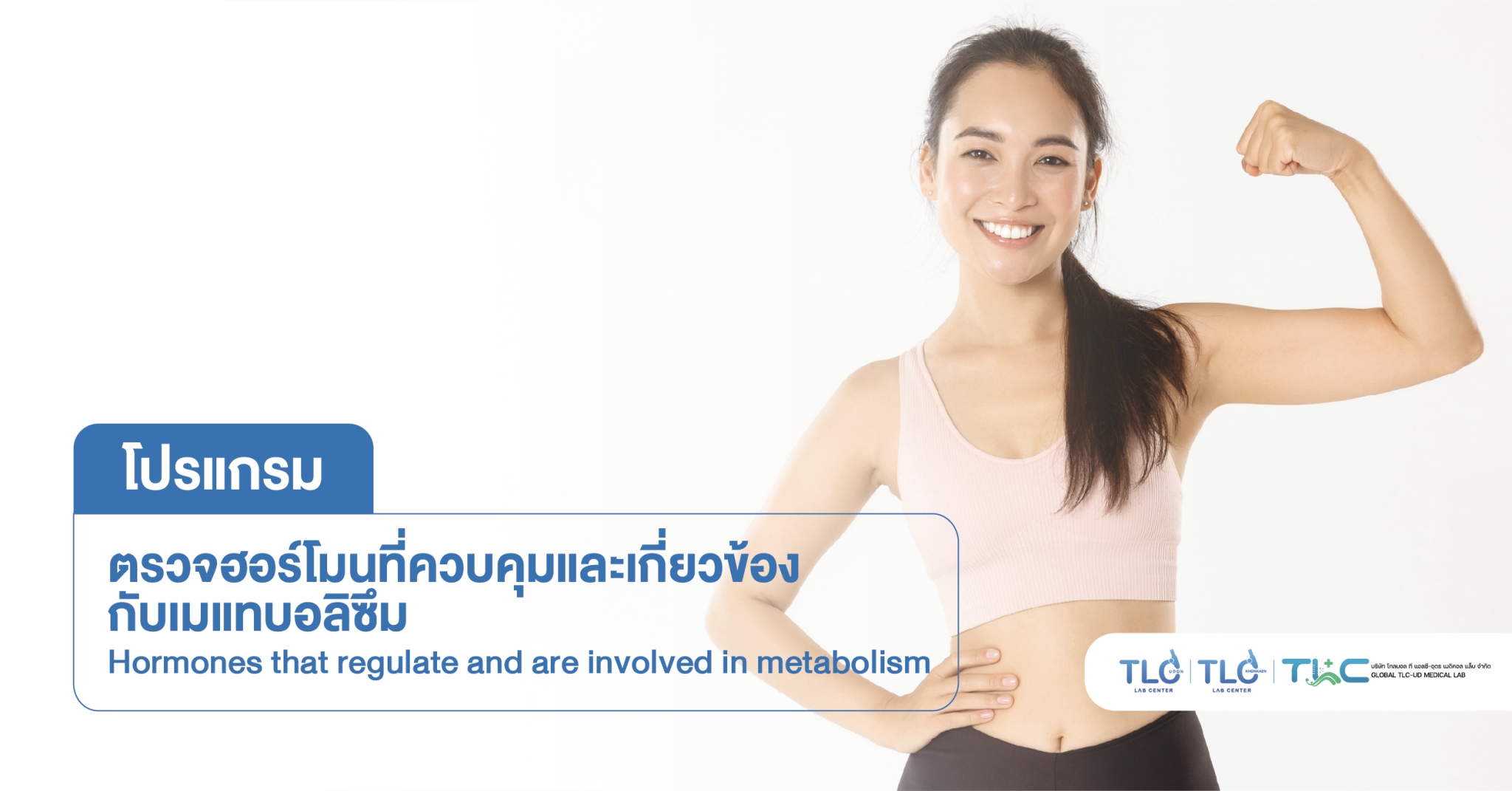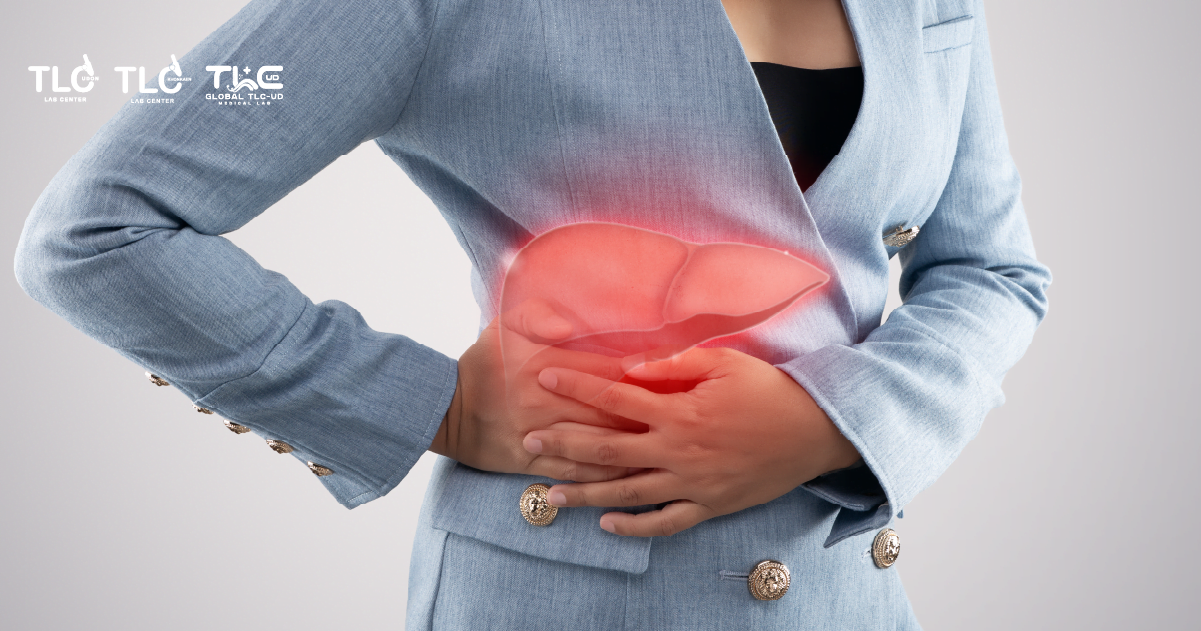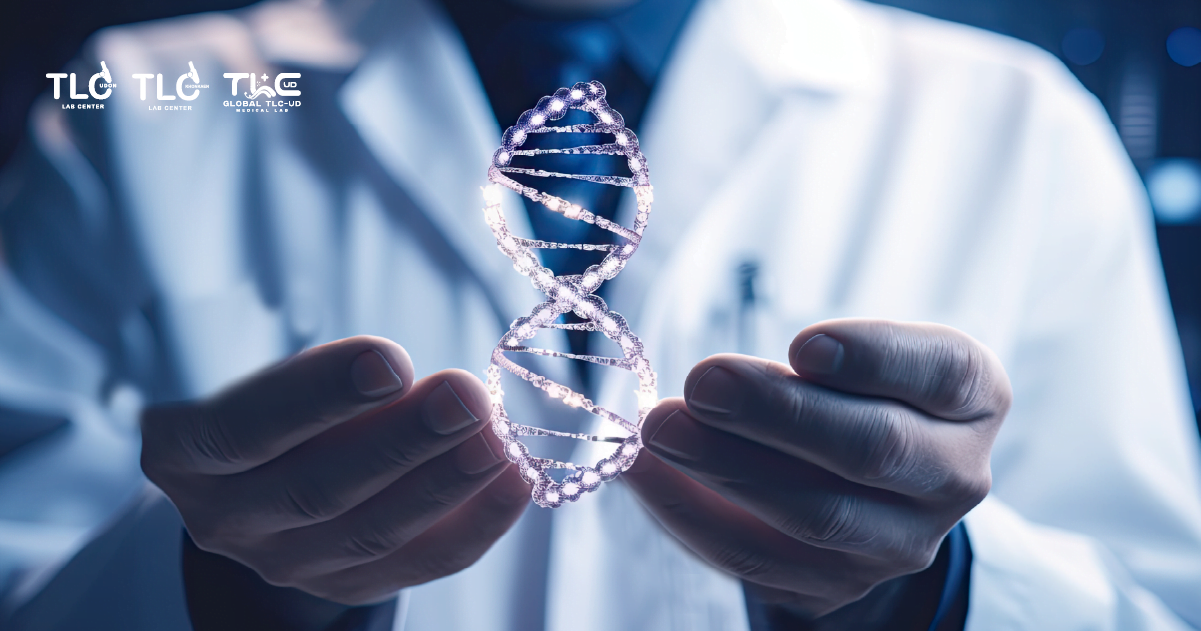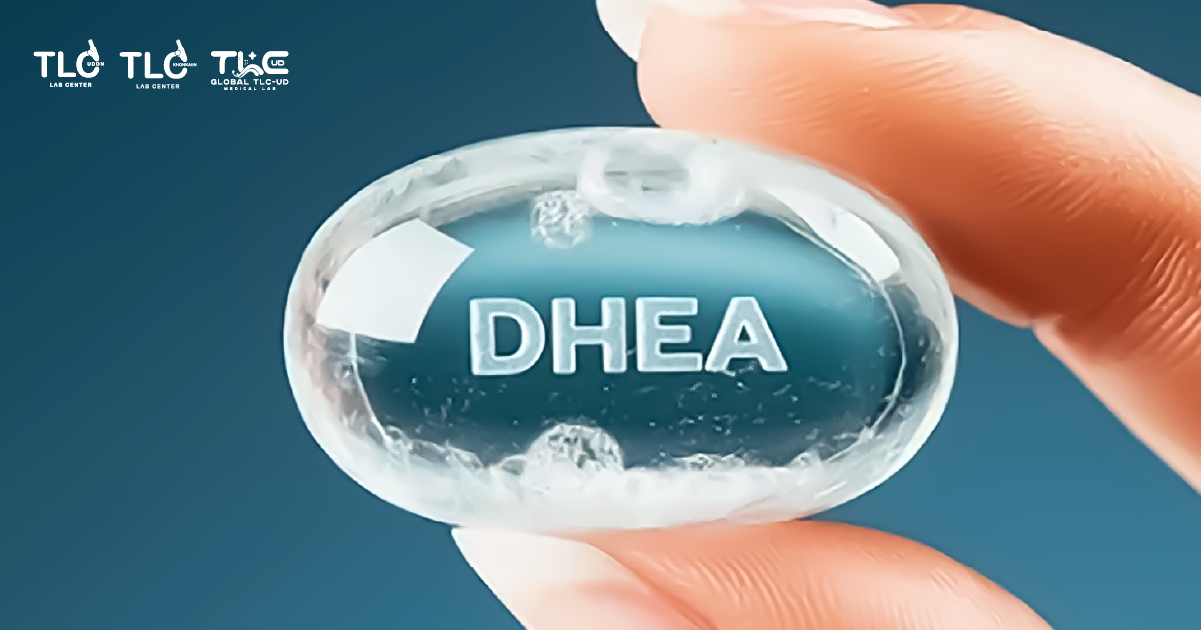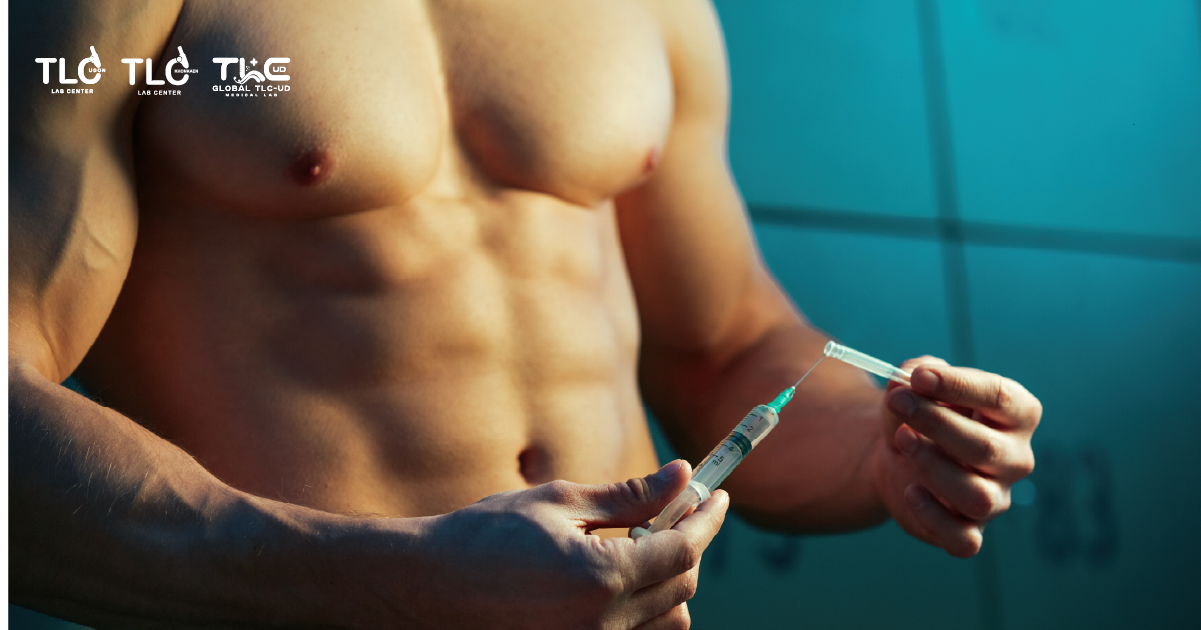IGF-1, or Insulin-like Growth Factor-1, is a critical hormone that promotes growth and development in the body.
IGF-1 hormone is produced by liver cells in response to growth hormone from the pituitary gland, IGF-1 plays a vital role in cellular growth and repair. It is produced both day and night, with levels often higher throughout the day.
What does IGF-1 do?
IGF-1 is essential for cell development and body growth. It stimulates protein synthesis and cell division of bones, particularly in growth plate to make the tissue and cartilage in body to have facilitating overall growth and metabolism of carbohydrate,fats, and proteins to maintain glucose balance by stimulating glucose absorption in skeletal muscles.From the creation process IGF-1 is created from hepatocytes and some part is created from skeleton muscle and adipose tissue,Including cartilage cells.
How are IGF-1 and Growth Hormone Related?
Growth hormone and IGF-1 work together to stimulate growth effectively. Growth hormone from the pituitary gland triggers the liver to produce IGF-1, which then promotes cellular growth and repair. Exercise enhances IGF-1 secretion, further supporting growth and bodily repair.

Differences in the Function Between Growth Hormone and IGF-1:
IGF-1:
- Secretes well with regular high-intensity exercise.
- Produced both day and night.
- Continues to be produced even after bone growth plates close.
- Stimulates growth and repairs the body.
Growth Hormone:
- Secretes best between 10 p.m. and 2 a.m. during deep sleep.
- Only produced at night during deep sleep.
- Does not increase height after bone growth plates close.
- Helps repair the body after growth has stopped.
Functions of IGF-1:
- Regenerates and replaces degenerative and dead neurons.
- Partially replaces insulin when pancreatic B-cells are damaged or absent, helping manage diabetes.
- Replaces degenerate and dead cells, including bone, cartilage, and muscle cells.
- Enhances immunity by increasing the production of white blood cells, B-cells, T-cells, and lymphocytes.
- Lowers LDL cholesterol levels through macrophage processes.
- Increases muscle strength by stimulating muscle building and reducing muscle breakdown.
- Strengthens bones by enhancing the efficiency of the parathyroid gland and vitamin D production.
- Increases muscle cell size and number.
- Improves the absorption of amino acids and glucose by muscle cells.
- Helps burn excess fat for energy, aiding in disease resistance and anti-aging.
- Restores youth by stimulating stem cell formation.
- Promotes longevity by lengthening telomeres.
How to Increase IGF-1 Levels:
- Exercise regularly for at least 30 minutes a day.
- Avoid foods high in starch and sugar.
- Maintain an optimal weight.
- Get enough sleep.
- Consume nutrients that stimulate growth hormone production, such as amino acids (L-glutamine, L-glycine, L-lysine, L-arginine, L-ornithine).
Laboratory tests
Currently, we can easily check GH levels with another hormone test, namely:
- IGF-1 (Insulin-like-Growth Factor – 1)
Because it is a hormone produced by the stimulation of GH in the liver cells, it stays in the blood longer than GH and is easier to detect.
It is recommended to take a measurement in the morning after abstaining from food for 8 hours.
References:
Brugts MP, Ranke MB, Hofland LJ, van der Wansem K, Weber K, Frystyk J, Lamberts SW, Janssen JA. Normal values of circulating insulin-like growth factor-I bioactivity in the healthy population: comparison with five widely used IGF-I immunoassays. J Clin Endocrinol Metab. 2008;93
Berg U, Bang P. Exercise and circulating insulin-like growth factor I. Hormone Research in Paediatrics, 2004; 62: 50-8.
Delanaye P, Bataille S, Quinonez K, Buckinx F, Warling X, Krzesinski JM, et al. Myostatin and Insulin-Like Growth Factor 1 are biomarkers of muscle strength, muscle mass, and mortality in patients on hemodialysis. Journal of Renal Nutrition, 2019: 1-10.
Frysak Z, Schovanek J, Iacobone M, Karasek D. Insulin-like Growth Factors in a clinical setting: Review of IGF-I. Biomed Pap Med Fac Univ Palacky Olomouc Czech Repub. 2015;159(3):347–351.
Gomes RJ, de Mello MAR, Caetano FH, Sibuya CY, Anaruma CA, Rogatto GP, et al. Effects of swimming training on bone mass and the GH/IGF-1 axis in diabetic rats. Growth Hormone & IGF Research, 2006; 16(5-6): 326-331.


